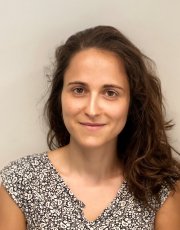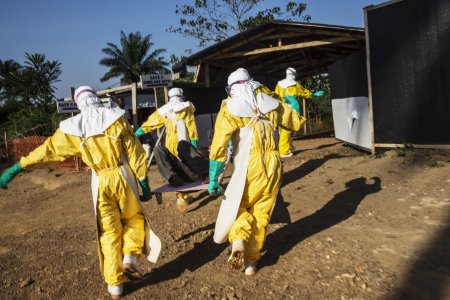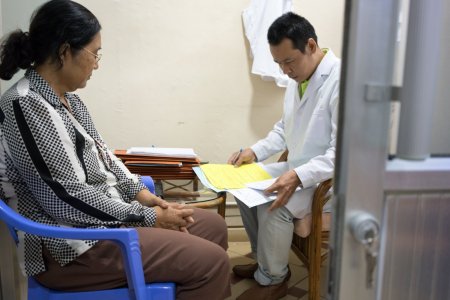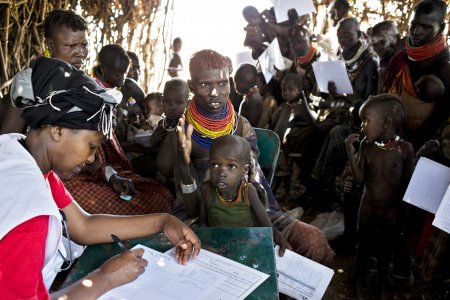
Management of the suffering child: a medical and operational challenge
Elba Rahmouni & Olivier Guillard
Based on the example of the hospital in Moïssala, Chad, the two authors reflect on the management of pain in children at Médecins Sans Frontières. This article was first published on March 25th 2022 in the journal Alternatives Humanitaires.
Although acute pain has a diagnostic value and can play a positive role as a warning sign to promote the body’s own survival, there is no question that it is necessary to treat and prevent it, particularly in the context of care. It is both a medical necessity, to avoid complications, and an ethical necessity, based on the principles of benevolence and primum non nocere (“First, do no harm”)Conseil national de l’Ordre national des médecins, Code de déontologie médicale, février 2021, https://www.conseil-national.medecin.fr/sites/default/files/codedeont.pdf. It is also a social necessity: injuries can lead to chronic pain which can then lead to disabilities« Loi n° 2005-102 du 11 février 2005 pour l’égalité des droits et des chances, la participation et la citoyenneté des personnes handicapées », Journal officiel de la République française, 12 février 2005, https://www.legifrance.gouv.fr/jorf/id/JORFTEXT000000809647
To cite this content :
Elba Rahmouni, Olivier Guillard, “Management of the suffering child: a medical and operational challenge”, 27 avril 2022, URL : https://msf-crash.org/en/humanitarian-actors-and-practices/management-suffering-child-medical-and-operational-challenge
If you would like to comment on this article, you can find us on social media or contact us here:
Contribute



